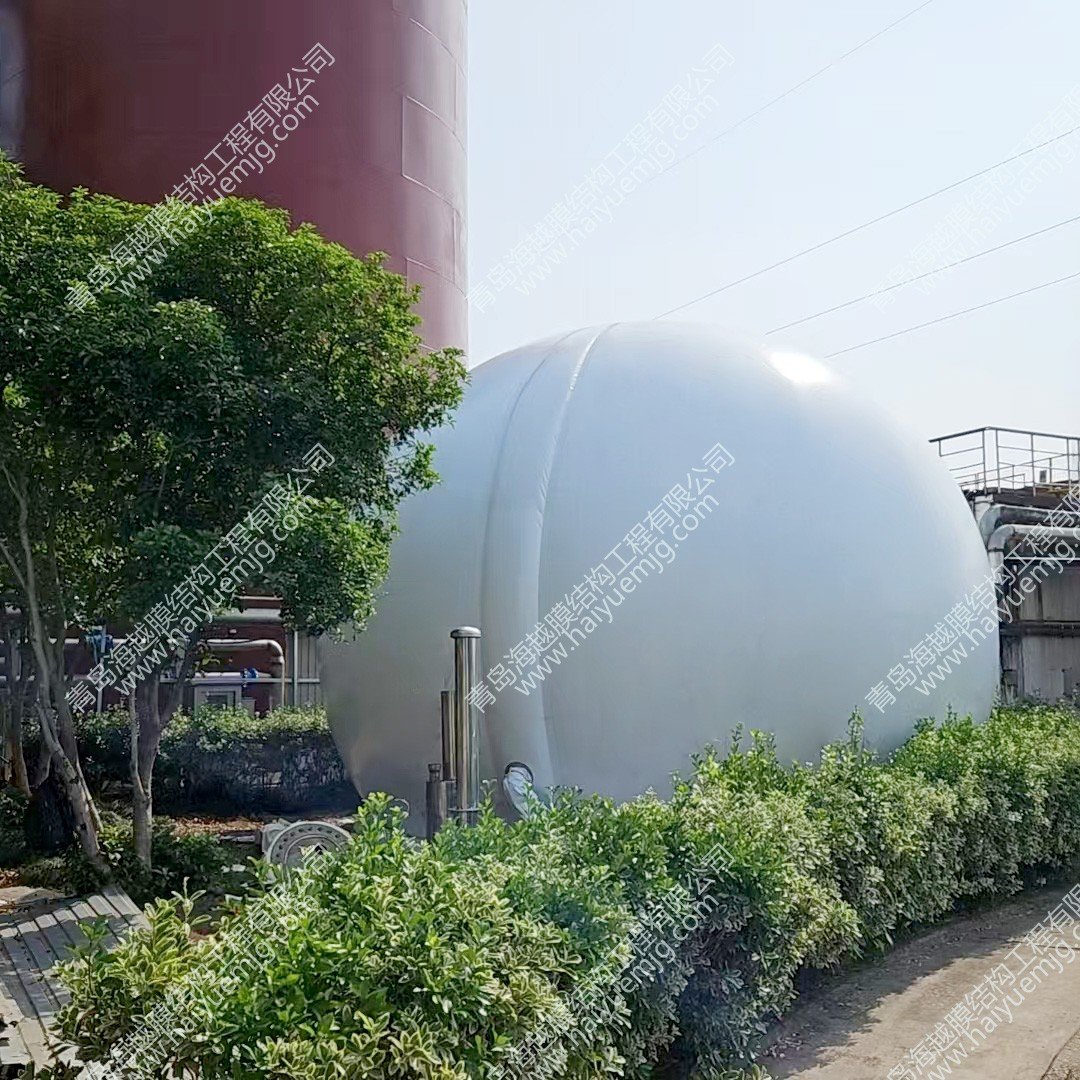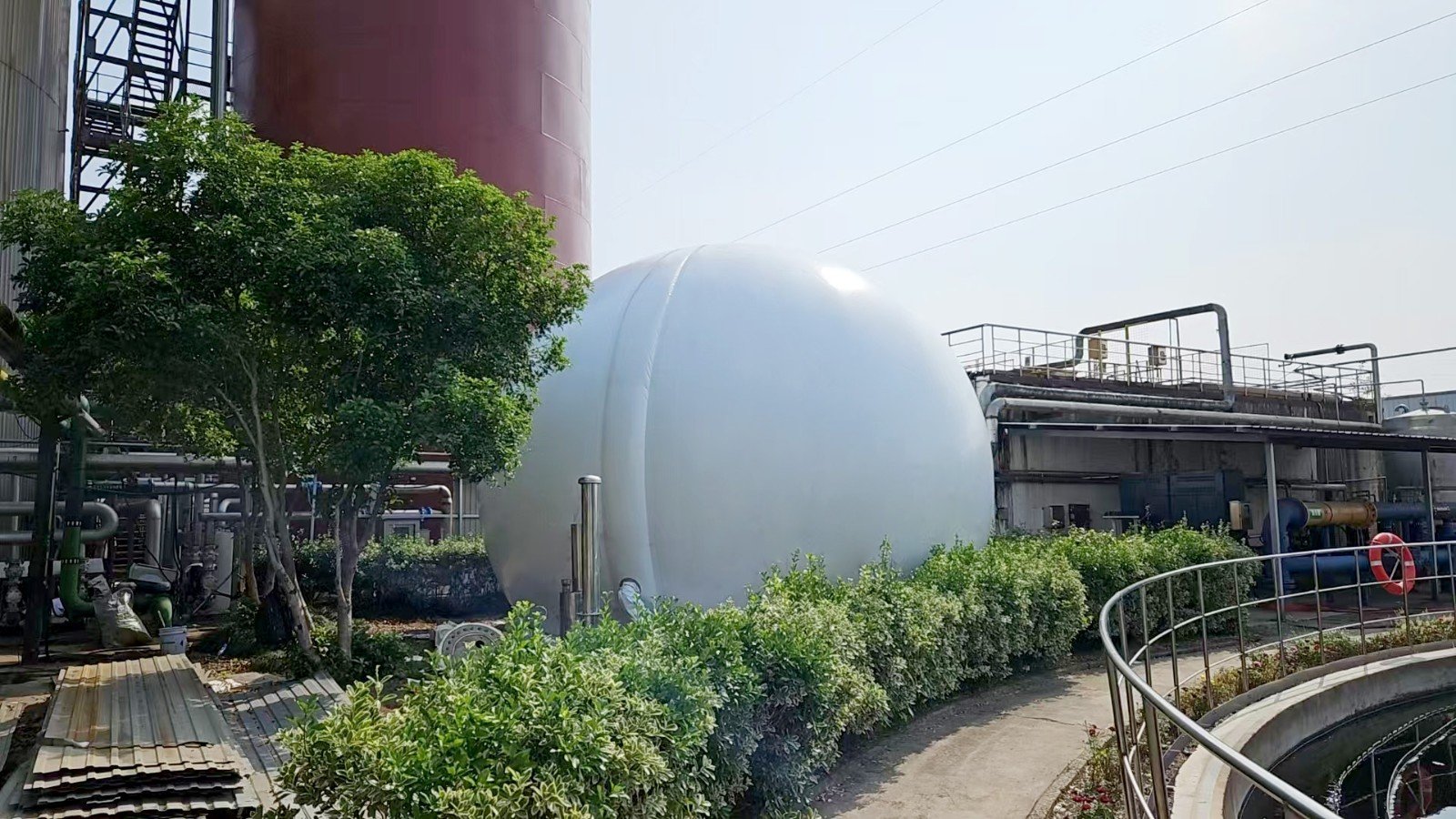In recent years, the craft beer industry in China has developed rapidly, with the emergence of numerous small-scale craft breweries. This has led to a significant increase in the volume of wastewater generated. The wastewater from these breweries typically has high levels of BOD, COD, and SS. If left untreated, it can cause severe environmental pollution. Therefore, brewery wastewater must be treated before being discharged into municipal sewage systems.
Craft beer production primarily uses malt, along with hops and yeast. After fermentation over a certain period, beer is produced. Wastewater mainly comes from wort production, saccharification, fermentation, packaging, and cleaning processes. It is rich in sugars, proteins, and starches, making it a medium-concentration organic wastewater with good biodegradability. However, the discharge is intermittent, leading to fluctuations in water quality and volume.
1. Treatment Process
The anaerobic-aerobic combined treatment process is an effective method to remove organic pollutants and convert them into carbon-based compounds. It transforms organic compounds into methane and carbon dioxide. For high-concentration wastewater, anaerobic treatment is more cost-effective than aerobic treatment, offering several advantages:
Recovery of biogas (methane)
Smaller reactor volume
Low energy consumption (10%-15% that of aerobic processes)
Lower sludge production (0%-15% of aerobic treatment)
Lower nutrient requirements
Suitable for both small and large-scale applications
Anaerobic technology is commonly used in brewery wastewater treatment, with typical anaerobic reactors including UASB, IC, and EGSB. The main process steps include:
Solid separation using coarse and fine screens
Equalization tank (intermittent wastewater with high alkalinity should be stored separately and discharged in controlled quantities to reduce chemical consumption for pH adjustment)
pH adjustment system (the optimal pH for anaerobic systems is between 6 and 7)
Anaerobic reactor (removes 80%-85% of organic matter)
Conventional activated sludge aerobic system (reduces BOD to below 30 mg/L)
Sludge treatment system, including sludge thickening and dewatering
However, anaerobic treatment cannot remove nitrogen and phosphorus, so further aerobic treatment is usually necessary to ensure the effluent meets discharge standards. By significantly reducing the organic load entering the aerobic stage, the process lowers aeration energy requirements and sludge output, greatly reducing overall treatment costs.


2. Treatment Steps
Pre-treatment system: This typically includes coarse screens to remove large solids and fine screens to remove malt husks. The pre-treatment stage involves:
Coarse and fine screening
Pump station
Equalization (acidification) tank
Nutrient and pH regulation systems
Anaerobic biological system: This stage includes:
UASB/IC anaerobic treatment
Aerobic treatment
Secondary sedimentation tank
Aeration system
In UASB/IC reactors, organic matter is first broken down into organic acids, then into methane and carbon dioxide. A three-phase separator at the top of the reactor effectively separates biogas, sludge, and treated effluent. The wastewater then flows into the aerobic treatment system.
Aerobic biological treatment system: Aerobic treatment is widely applied in brewery wastewater treatment. In recent years, contact oxidation processes have gained popularity. Given the high COD of brewery wastewater, a two-stage contact oxidation process is commonly used.
Sludge treatment process: Sludge from the UASB/IC reactor and secondary sedimentation tank is sent to a thickening tank. After thickening, the sludge is pumped to a pipeline mixer, where it is combined with polymer flocculants and coagulants, then sent to a belt filter press for dewatering. The dewatered sludge is conveyed by belt to a sludge yard and periodically transported for use as fertilizer. Sludge from UASB/IC systems is stable and easy to dewater. However, sludge from aerobic systems requires different handling. Supernatant from the thickening tank is returned to the equalization tank for further treatment.